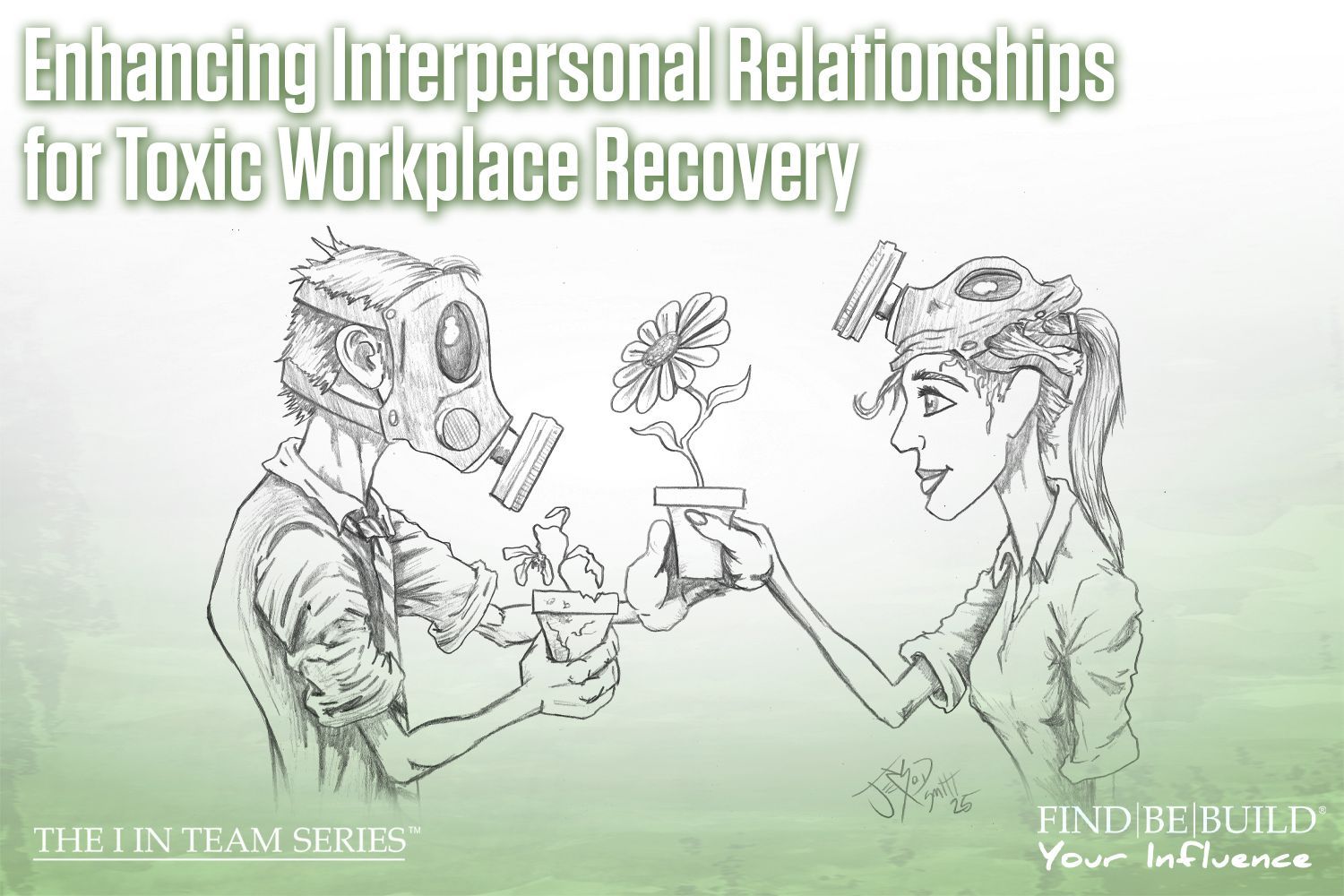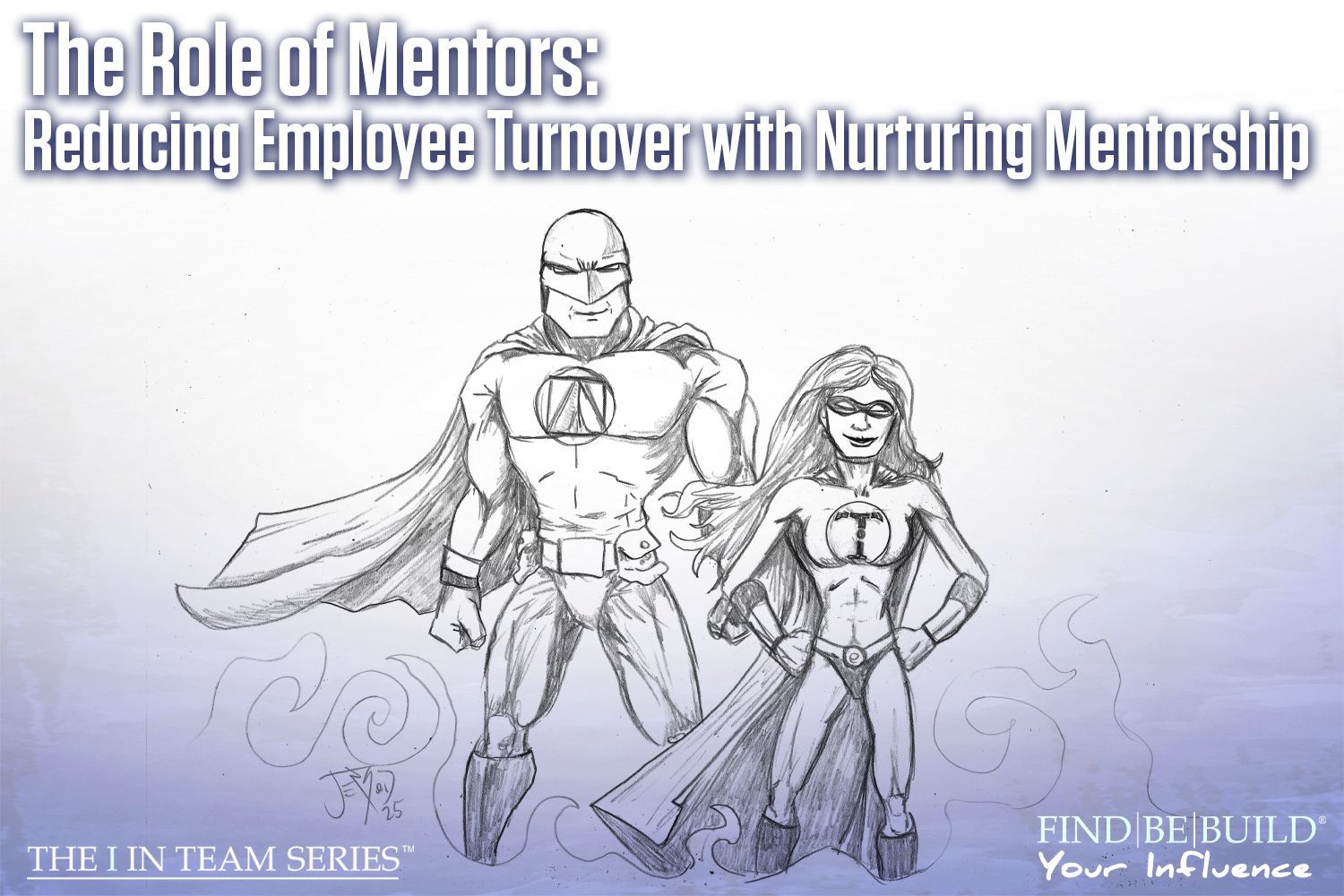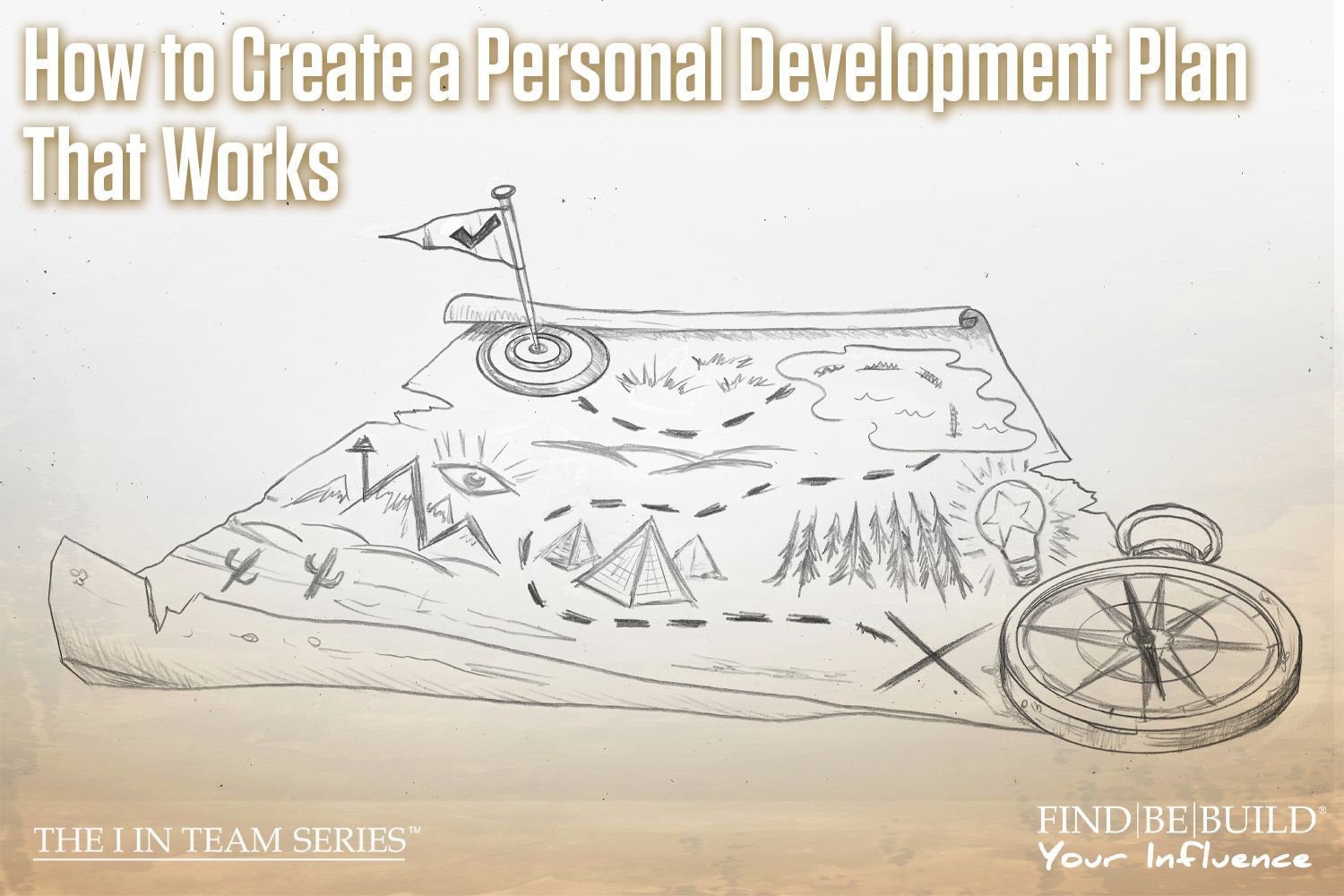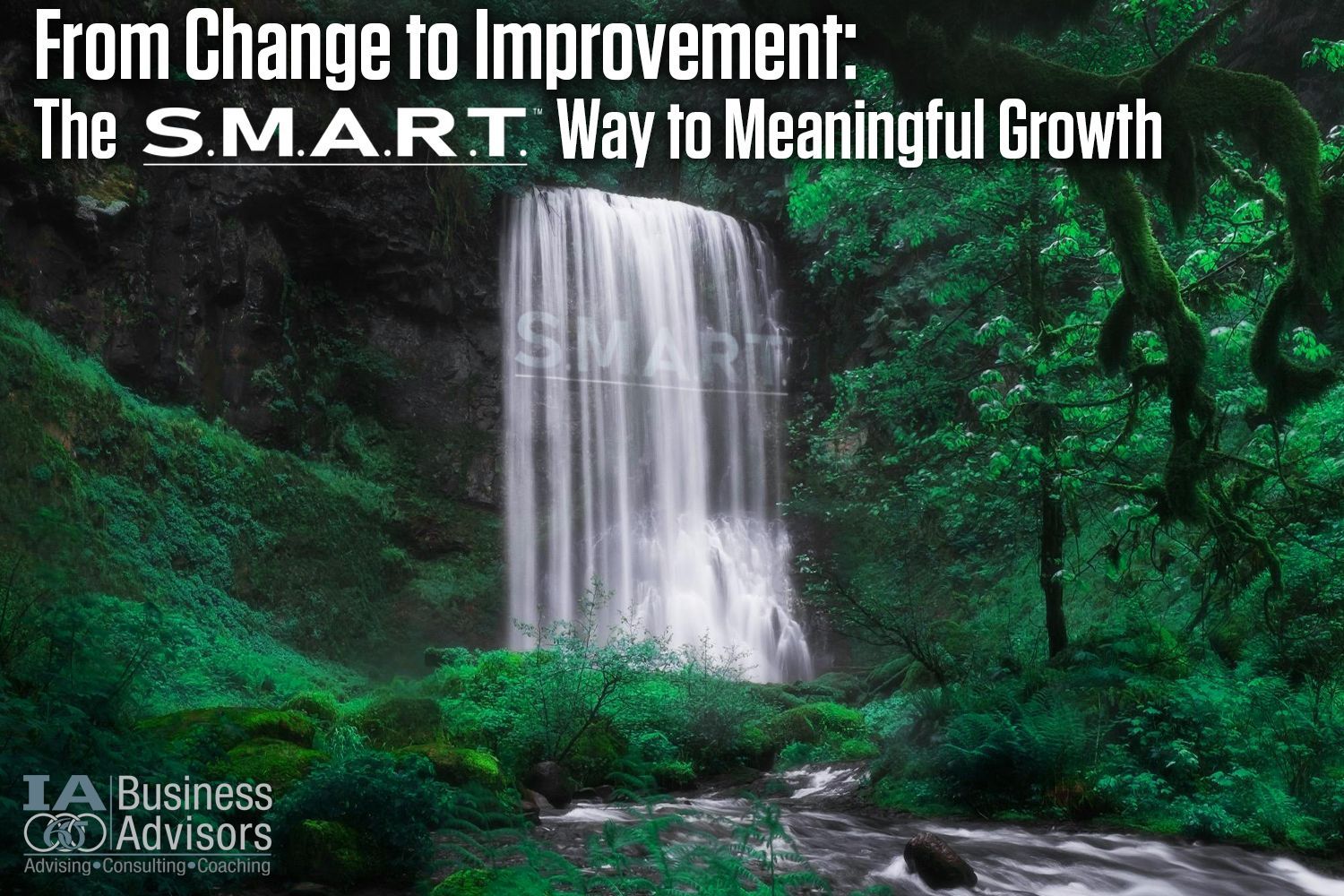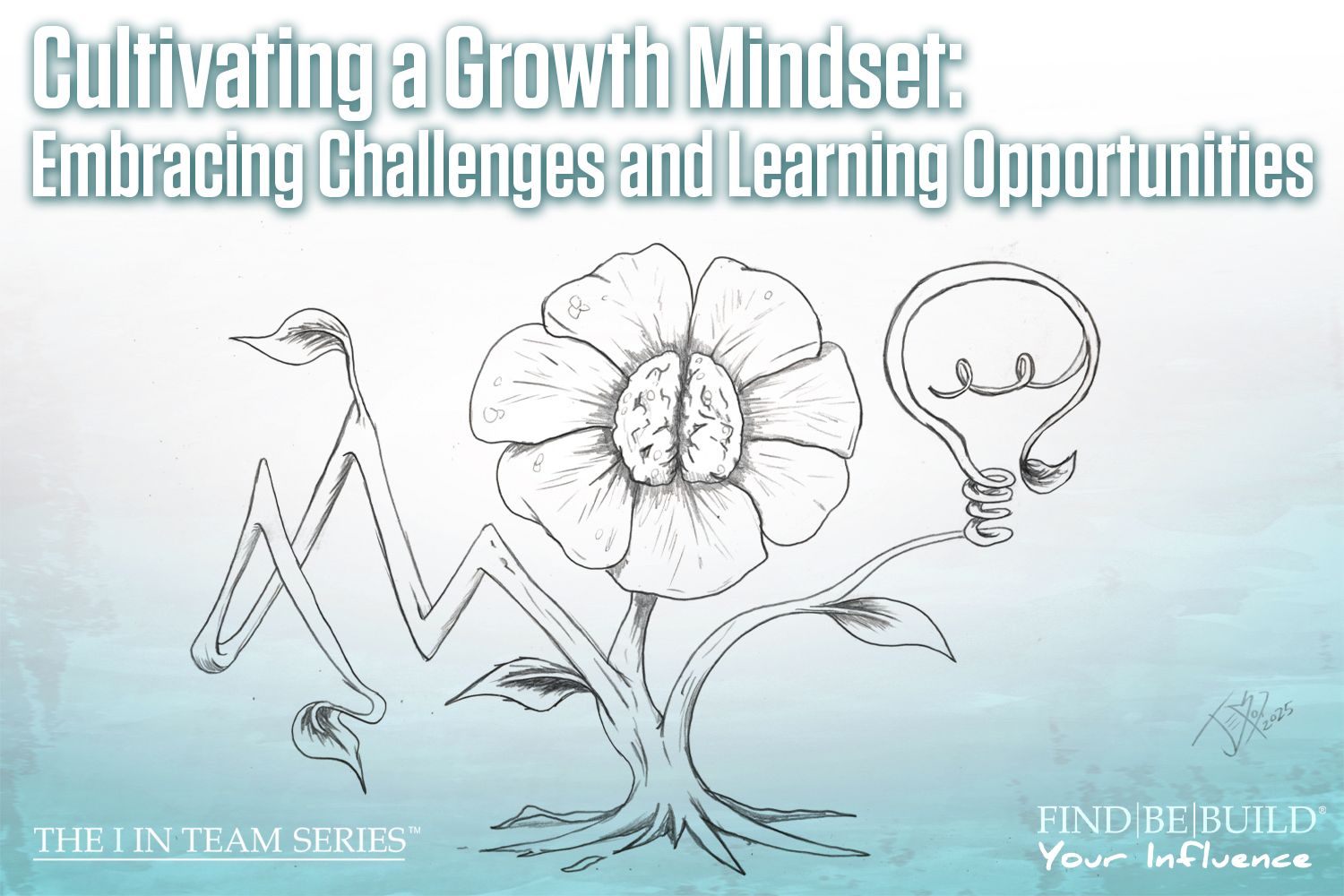End of Summer Reflection with Purpose

Business consulting reflection
With the days growing shorter and Labor Day drawing near, our date with summer is coming to an end. For some of us, we’re gearing up for back-to-school. For me, that means mostly shuttling our kids back and forth to school and soccer practice. For others, summer’s end means packing up the outdoor gear and getting excited for the return of football. Whether it’s dread or excitement, the end of summer marks an ideal moment to pause. To take a moment and reflect on the year to date and make a plan to finish the year strong.
In this blog, we’ll explore actionable strategies to evaluate your achievements, setbacks, and pave the way for continuous improvement. From identifying successes to learning from challenges, let’s embark on this journey of introspection together.
Why is the end of summer a great time for year reflection?
Remember all of those goals and plans you wrote down at the end of last year. You know, those New Year’s resolutions. You had plans and hopes. A New Year, a new me. Then life intervened. Circumstances changed. Maybe you accomplished some of those goals, maybe others withered on the vine.
By using the end of summer to revisit those goals, we can recognize our successes and review our failures. By doing so, we can learn from what worked and what didn’t and use the remainder of the year as an opportunity to recalibrate and get back on track.
In her book, How to Change , Katy Milkman writes, “we are more likely to pursue change on dates that feel like new beginnings because these moments help us overcome a common obstacle to goal initiation – that we’ve failed before and will thus fail again.” That’s why we see so much activity around the start of a New Year. Knowing this, we can use the end of summer and the start of Fall as a new blank slate. A chance to start afresh.
Or, as Daniel Pink writes in When: The Scientific Secrets of Perfect Timing , “The implications of the fresh start effect, like the forces that propel it, are also personal and social. Individuals who get off to a stumbling start—at a new job, on an important project, or in trying to improve their health—can alter their course by using a temporal landmark to start again. People can, as the Wharton researchers write, “strategically [create] turning points in their personal histories.” In other words, we can use the end of summer as a turning point. Like the proverbial “do over” from our youth.
Now that we know the why , let’s shift gears and talk about the how.
How to do an individual end of summer reflection:
One of the first things you need to do is schedule time for your summer reflection. I strongly recommend carving out 2 to 3 hours. And equally important, identify the proper environment to do it. A place free of distraction and where you are free to let your mind wander. For example, Labor Day weekend is around the corner. Make a date with yourself on Monday morning to go to a coffee shop or a library. Bring your journal and some scrap paper to sketch out any ideas.
From there, follow these steps to turn the lens inward and craft a new path forward:
Step One – Reflect on your achievements and successes. If you’re anything like me, you take success for granted. Check the box and move on. Plus, it’s easy to do when we are immersed in our daily routines and staring at our never-ending to do lists. By taking a step back, you can gain a clearer perspective on what you have accomplished since the start of the year.
But don’t stop here. Write down a list of all the things you have done. Celebrate your wins . Big and small. These moments shape your journey and provide the fuel to keep on persevering.
Next, identify your growth opportunities . Reflect on the new skills and strengths you have learned or honed. How have these contributed to your personal and professional growth. For this step, I like to reread my journal and notes I have taken on books and articles that I’ve read. By doing so, I not only get a refresher, I often find that something I was struggling with or learning about wasn’t quite ready to bloom. With the passage of time and new experiences, I see the problem from a new vantage point and this opens the door for new ideas or breakthroughs.
Lastly, putting this all together, set new goals . Look at your previous goals and eliminate the ones that no longer fit. Then, use your recent successes as a springboard to revise the remaining goals or to set new (and even more ambitious) ones. By using the momentum from what you have achieved, the chances of finishing the year off strong only increase.
Step Two – Learn from setbacks and challenges. Life is going to knock us down. That’s a given. It’s how we respond that matters. Instead of letting these inevitable challenges blow us off course, we can use them as steppingstones for growth.
Remind yourself that you’ve done hard things. You have overcome obstacles. This helps build your resiliency muscle. It reminds you that you can use adversity as a tool for turning setbacks into opportunities. Reflect on a recent setback and how you turned it around. Bonus – ask others how they did the same or read about successful individuals that turned failures into triumphs.
Next, analyze what didn’t work . Even our best laid plans can go awry. Review your goals and evaluate which ones didn’t go as planned. Was it due to a lack of preparation, unforeseen circumstances, or something else? By identifying the root causes, we can avoid repeating the same mistakes.
Finally, adapt and learn . By looking over those times you did persevere and reviewing what didn’t work, you can learn how to adapt and grow from these failures. Make a list of what you can do differently next time. Ask yourself what adjustments can be made or what new strategies can be deployed next time around.
Step Three – Turn reflection into actionable improvement. Reflection becomes truly impactful when it leads to actionable improvement. At this point, you’ve gathered a number of insights in your journal. You’ve reflected and celebrated some wins. You’ve reviewed and analyzed what didn’t go so well. Now it’s time to bridge the gap between insight and action.
Make a list of the areas that you want to improve . Be exhaustive. Then take this list and circle your top three to five. These are the ones that you want to focus on and ignore the others. We go further when we focus on fewer goals. Trying to do too much tends to backfire, making it difficult to accomplish any of your goals. For a good reminder on why this is important, read Buffet’s 25/5 rule.
Armed with your new priorities for the rest of the year, create a concrete plan for getting them done. When goals are too big or not specific enough, our chances of reaching them plummet. Follow the S.M.A.R.T. technique and break your goals into smaller steps with a timeline.
Lastly, build in your accountability . We are more likely to accomplish our goals if we state them publicly. Better yet, get an accountability partner or a coach. Having someone there to help you identify, and refine your goals is a good start. When that person also holds you accountable for the results, great things can happen.
Conclusion
As summer draws to a close, seize this golden opportunity to reflect on your journey to date. By celebrating your achievements, learning from your setbacks, and crafting a detailed improvement plan, you’re laying the foundation for a brighter future. And remember, if you get stuck along the way, we’re here to guide you through every step of this transformative process. Feel free to reach out!
The post End of Sumer Reflection with Purpose appeared first on IA Business Advisors.

